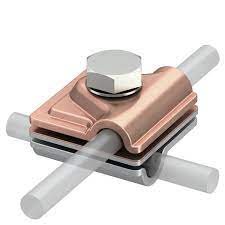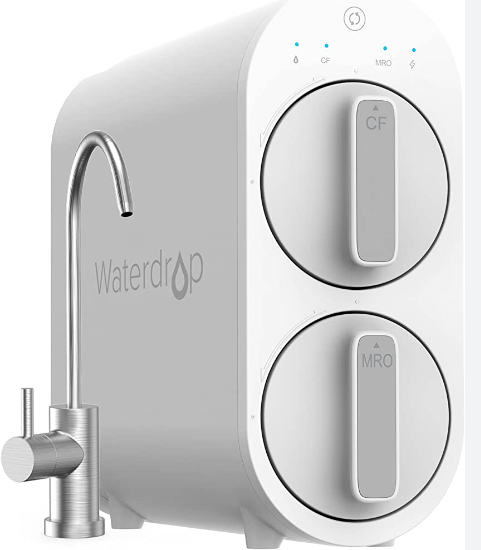
Cable Lugs: Simplifying Installation and Maintenance of Electrical Connections
Electrical power is among the most used sorts of vitality, and yes it capabilities up our residences, enterprises, and industries. Therefore, an efficient electrical system is crucial for everyone’s ease. One of several vital parts of electrical methods is the connector, which hooks up cables, wires, or some other electrical conductors. The productivity of your connector is directly proportional to its conduction qualities. This is why the bimetallic connector is necessary. In this blog post, we will discuss the bimetallic connector, its positive aspects, downsides, programs, and how it enhances electrical conduction with two alloys.
A bimetallic connector is a form of electrical connector that combines two different alloys or alloys which may have various energy expansion coefficients. The most common combo is copper and aluminum. In this particular combo, the copper will be the main conductor, as well as the aluminium kinds a mechanical interconnection. The connector functions by utilizing the distinction inside the metals’ energy enlargement coefficients to hold or compress a conductor between them. The aluminum expands more than copper when heated for that reason, it tightens the hold in the copper conductor, improving the connector’s technical and electrical components.
The Bimetallic connector has several benefits. Initial, it possesses a reduced-expense answer while still providing substantial thermal balance and very good electrical conductivity. Next, it is easy to mount and transferable, so that it is ideal for programs which require regular disconnects and reconnects. Thirdly, it cuts down on the potential risk of rust and improves the reliability of the electrical system. Finally, the connector might be tailor made to specific requirements, so that it is a versatile aspect in electrical methods.
In spite of its benefits, the bimetallic connector has a number of downsides. Probably the most considerable downsides is that it will not be suitable for great-existing apps as a result of relatively lower electrical conductivity of aluminum. In addition, the connector is vulnerable to exhaustion damage and may even need regular maintenance to make certain its endurance.
The applications of the bimetallic connector are extensive. It is used in the ability industry to connect substantial-voltage energy transformers, within the auto market in order to connect starter engines, as well as in the building industry as over head collection connectors. In addition, it is found in train and aerospace industries, solar energy installs, and electrical transmitting and circulation techniques.
The bimetallic connector has a important affect on electrical techniques mainly because it enhances the electrical conduction with dual materials. By mixing two distinct materials with contrasting thermal development coefficients, it ensures an effective electrical relationship by eliminating the space and enhancing the technical solidity. The connector’s conductive and mechanized attributes are very important in guaranteeing the system’s reliability, basic safety, and gratifaction.
In a nutshell:
In To put it briefly, the bimetallic connector performs an important role in electrical solutions through providing a reliable, reduced-charge, and dependable electric relationship. Its special mixture of two various metals with varying thermal enlargement coefficients provides excellent mechanized and conductive properties, which makes it ideal for a variety of software. Its main rewards are that it minimizes the potential risk of deterioration, boosts trustworthiness, and supplies versatility. Nonetheless, it is not necessarily appropriate for higher-present programs and needs upkeep for extended use. However, it stays a well known and traditionally used electrical connector in various sectors, and with engineering breakthroughs, its qualities and programs maintain increasing.



